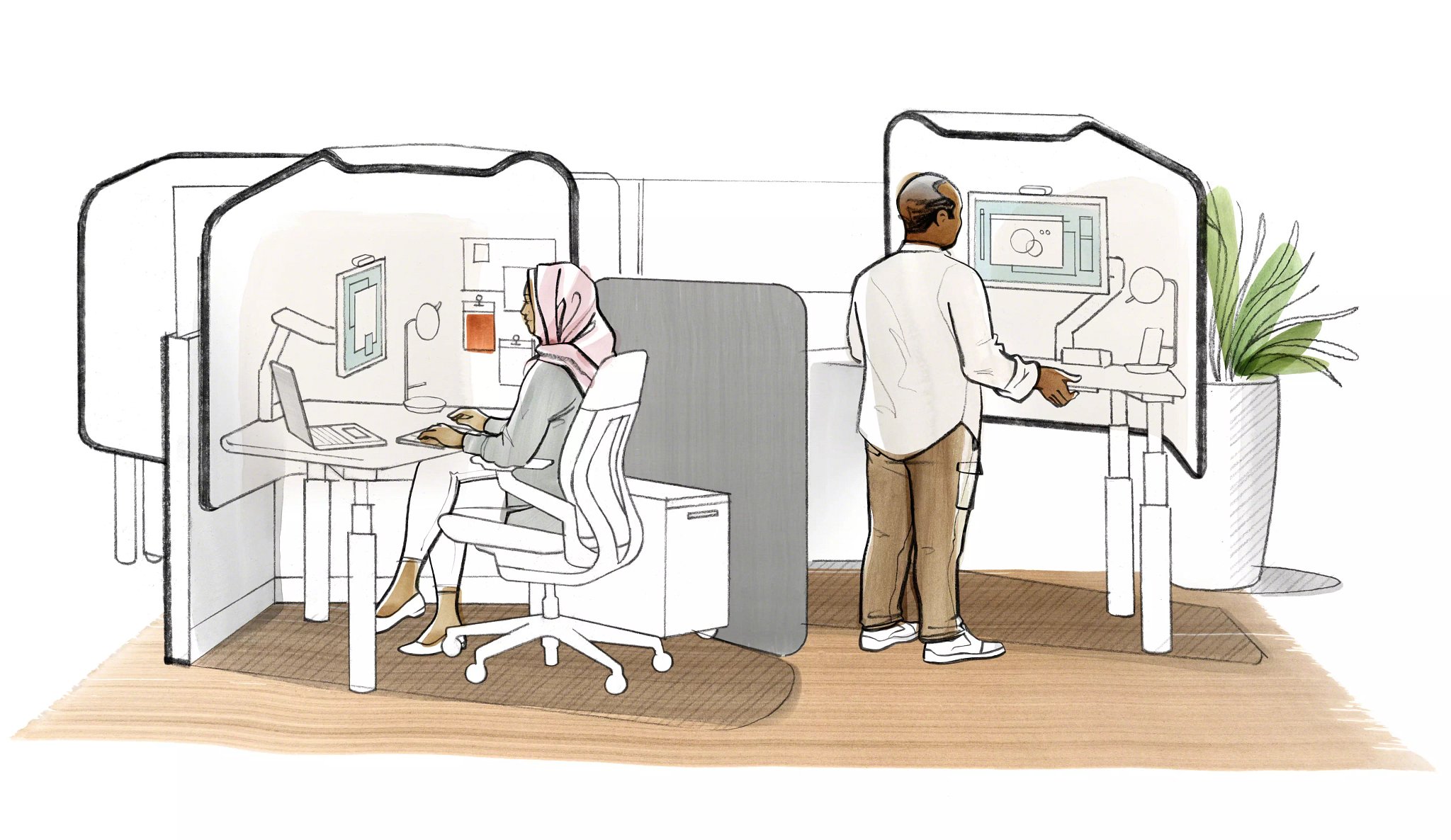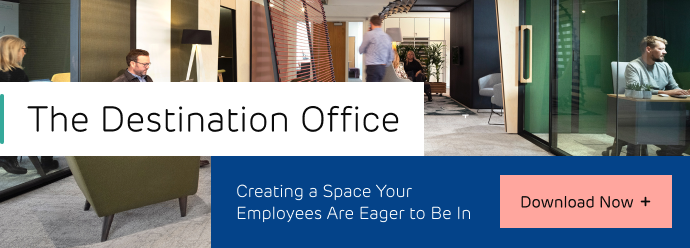For many years office design centered around standardisation, providing identical accommodations to all individuals. The focus was on creating offices consisting of rows and rows of desk, chair and monitor combinations, in an attempt to achieve equality.
But this approach assumed everyone worked in the same manner, which is far from the truth. As we embrace the era of hybrid work, it’s crucial to adopt a more inclusive workplace design approach that prioritises equity. Rather than enforcing uniformity, workplaces must offer a variety of experiences that empower individuals to choose what best suits their needs.
As Henry Dreyfuss, author of Designing for People, famously said:
“When we design something, we always start with the simplest, most fundamental problems… people come in all sizes.”
What is inclusive design? And how is it different from accessibility?
Accessibility
Accessibility refers to creating an environment that is physically accessible and usable by everyone, regardless of their abilities or disabilities. This it may include provide accommodations such as ramps and accessible bathrooms.
Inclusive design
Inclusive design goes beyond accessibility and aims to create spaces that are welcoming and accommodating to all individuals, regardless of their background or characteristics. This means considering factors such as gender, age, ethnicity, religion, neurodiversity and more, in addition to accessibility features.
It’s about designing for diversity, rather than designing for a single ‘average’ user. It involves creating spaces that are flexible and adaptable, so that they can be easily modified to meet the diverse needs of users. By designing spaces with diverse perspectives in mind, everyone feels valued and included.
When designing an inclusive workplace, we should be thinking about both of these things. As Kamara Sudberry, Steelcase Inclusive Design Leader, said in a recent webinar:
“Accessibility is foundational to inclusive design. It’s a human right. Everyone deserves an opportunity to be seen, heard and valued and appreciated with dignity and brought into spaces where you don’t have to hide or cover who you are. You’re able to contribute because of those identities.
Inclusive design is not only about accommodating folks physically, it’s about taking a holistic approach to inclusiveness and expanding accommodations for wellbeing, sensory stimulation, cognitive functions, cultural differences and many other forms of identity.”
Why is an inclusive workplace important?
Inclusive design is about more than just making people feel comfortable within the workplace. The impact is bigger than that.
Inclusive design helps workers to feel valued and fosters a sense of belonging within the organisation. And when they feel that way, it positively impacts their wellbeing. They are also more likely to feel comfortable sharing their unique perspectives and ideas, leading to increased creativity and innovation.
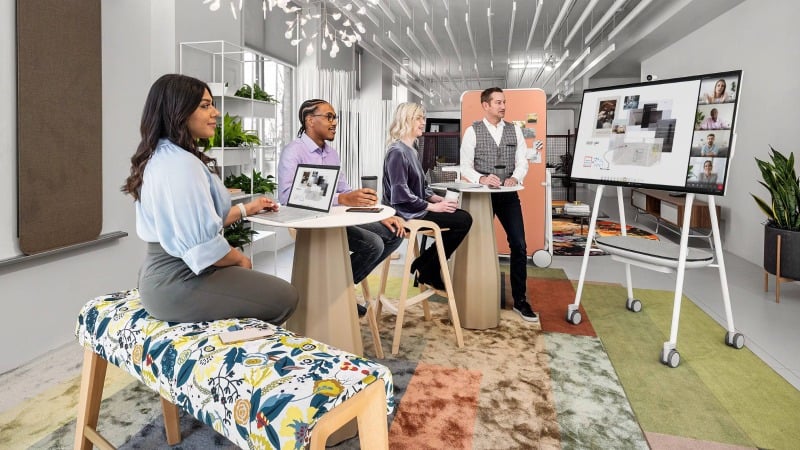
Francesco Zurlo is Dean of the School of Design of Politecnico di Milano. During a recent Steelcase webinar he said:
“We have a possibility to create office spaces that allow everyone to express their capabilities. One of the most important capabilities is creativity. So how can we create spaces where people feel free to express their creativity? This is a way to engage people, to create a sense of bleoning, and to make sense of your participation in your organisation.”
An inclusive workplace can help you attract and retain diverse talent too, giving you a competitive advantage. When employees feel that their workplace values diversity and inclusion, they are more likely to feel a sense of loyalty and commitment to the organisation.
Implementing inclusive design: the key to getting it right
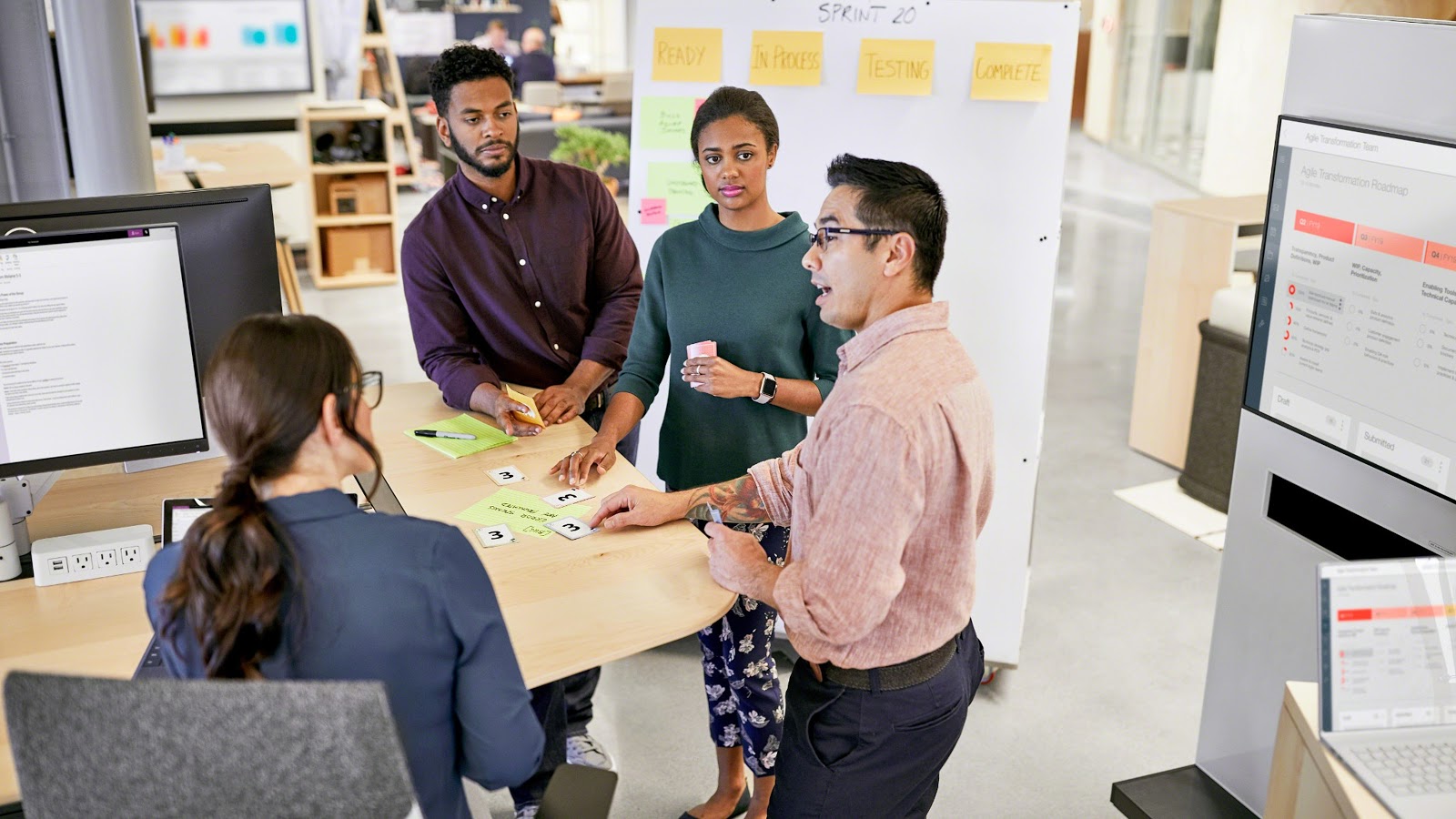
Workers who have experienced exclusion or marginalisation in the workplace will have a unique perspective that can inform the design of workspaces and practices that are more inclusive and accommodating.
They can share their experiences and offer suggestions for how to make the workplace more welcoming and supportive for all employees.
Kamara explains:
“Best practice shows that bringing in people who have experience of exclusion, who haven’t been considered, and bringing them throughout the entire design process is really how we add value and unlock new possibilities. Get that group together early and create a safe space for people to share ideas.”
By amplifying the voices of people in your organisation who have lived experience of feeling excluded, you will gain valuable insights that may have been overlooked otherwise. This will result in the creation of a more effective and accommodating workspace that benefits all employees.
6 inclusive design ideas to consider today
How inclusive is your office? Here are six things to consider today to create a more inclusive workspace:
1. Acoustics
Do your employees struggle with noise levels in the office? A work environment with loud open spaces can be difficult for anyone, especially neurodiverse workers. Implementing acoustic screens and wall tiles can help absborb sound and reduce echoes.
In this design by Steelcase for the Special Olympics Michigan (SOMI), acoustic wall tiles help to dampen sound, making it easier for individuals who may be overstimulated by lots of noise.
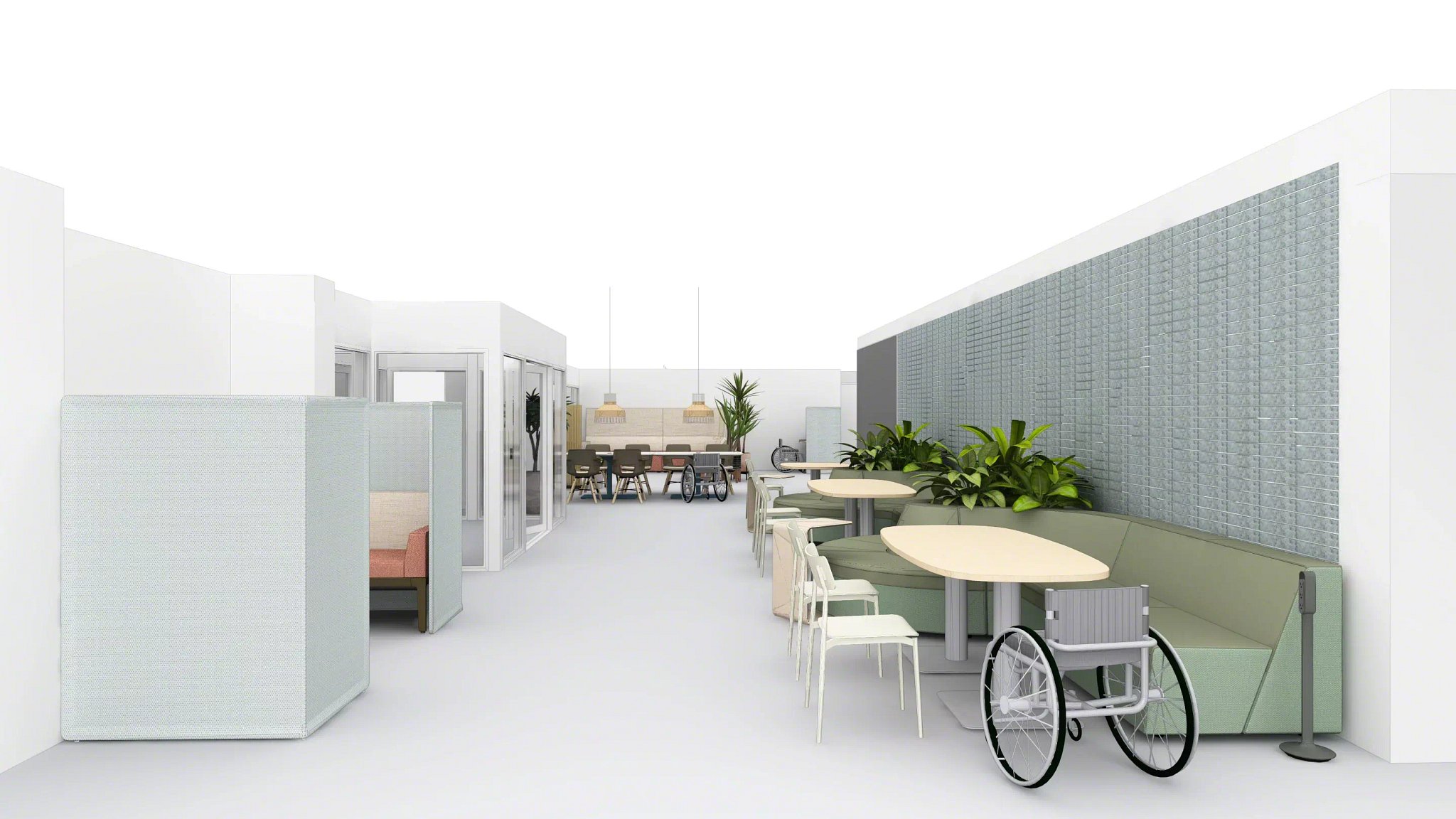
2. Flexible furniture
Can furniture be moved or adapted to accommodate diverse needs of users? Consider replacing fixed furniture products with those that can easily be moved to suit the user.
3. Ergonomic furniture
Do your workers have access to quality ergonomic furniture? By providing furniture that is adjustable, supportive, and comfortable, individuals are able to work without experiencing discomfort, pain or strain.
4. Choice of seating and tables
Do you have seating and tables with a range of heights and widths? This is important for ensuring everyone can share a space together. For example, standing-height tables tend to be inaccessible to people with physical and mobility concerns while seated-height tables can be too low for wheelchair users.
5. Quiet spaces
Do workers have somewhere to go to break away from the noise and activity of the main workspace? Wellness rooms provide employees with a quiet space to relax and recharge.
Here's one example designed by IE for Pfizer, that includes the option of a chair or lounge seat with a relaxing wall display.
%20(1).jpeg?width=800&height=450&name=My%20project-1%20(47)%20(1).jpeg)
6. Access to power
Do people have to strain to reach a plug socket that's under a table right out of reach? Providing integrated or mobile power solutions help support people more comfortably.
Summary
Diversity and inclusion are critical factors for success in any organisation and can lead to a happier workplace.
Inclusive workplace design aims to create spaces that are welcoming and accommodating to all individuals, regardless of their background, characteristics, or abilities.
The design process should be a collaborative effort that involves the input and feedback of all employees, especially those with a lived experience of exclusion, in order to create a workplace that is welcoming and supportive for all.







